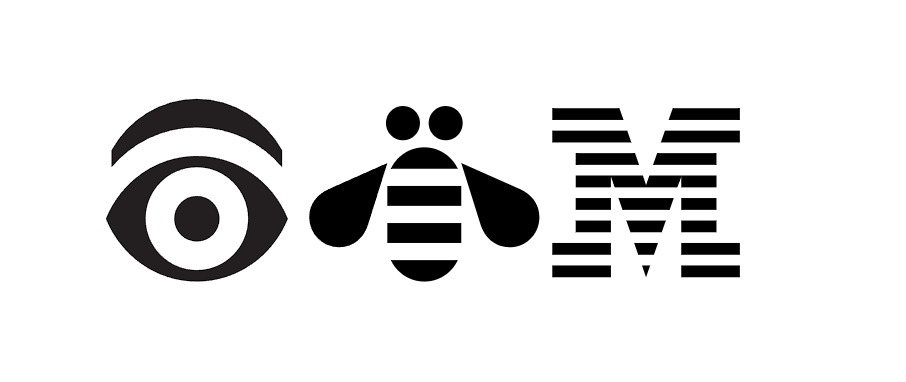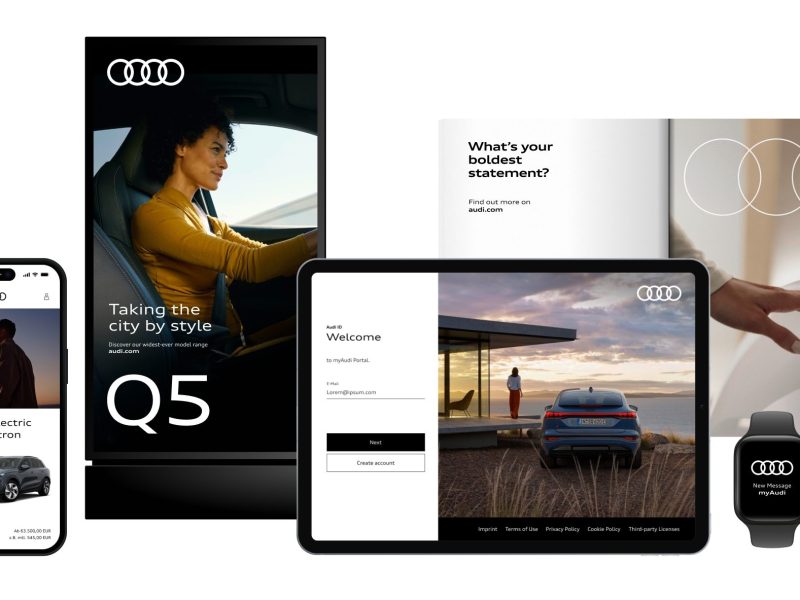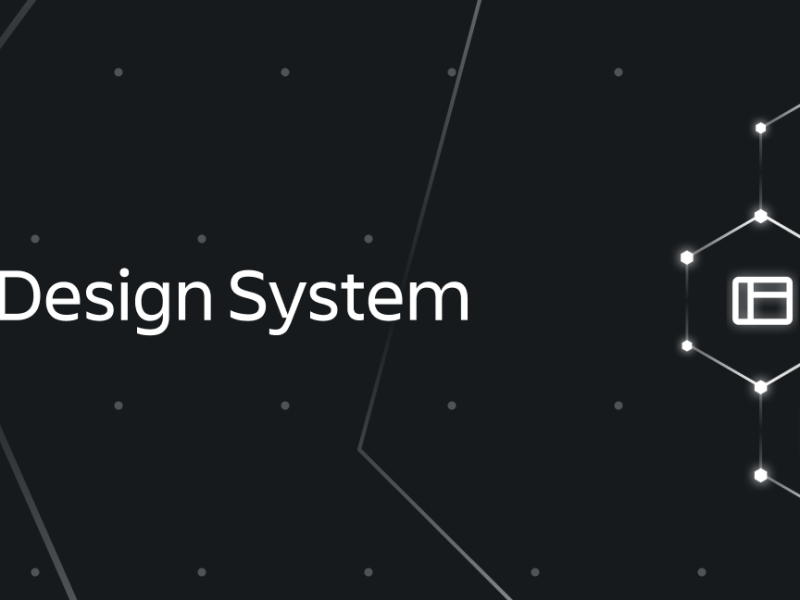IBM Design Language is a sophisticated design system developed by IBM.
Provide a unified framework of guidelines, principles, and best practices for creating user-centered designs across IBM’s diverse range of products and services.
By focusing on simplicity, clarity, and trust, IBM Design Language ensures a cohesive and consistent user experience, fostering a strong sense of reliability and accessibility in all interactions.
What is IBM Design Language?
At its core, IBM Design Language offers a comprehensive set of design tools and resources that guide teams in building intuitive and user-friendly interfaces.
It encompasses visual design, interaction design, and user experience (UX) principles to create a seamless experience for IBM’s customers.
By adhering to this design system, IBM aims to deliver accessible, inclusive, and innovative solutions that meet the diverse needs of its users.
The Purpose
The primary goal of IBM Design Language is to ensure consistency and cohesiveness across all IBM products and services. This framework enables designers to develop intuitive interfaces that simplify complex tasks and empower users to achieve their goals efficiently. Beyond functionality, IBM Design Language emphasizes inclusivity and accessibility, ensuring that every design resonates with diverse audiences.
Key Components
- IBM Design Language System:
- This is a collection of design tools, templates, and resources that facilitate the creation of user-centered designs. It includes elements such as:
- Color Palettes: Predefined color schemes that align with IBM’s branding and accessibility standards.
- Typography: Guidelines for font usage to ensure readability and consistency.
- Iconography: A cohesive set of icons designed for clarity and simplicity.
- Layout Grids: Flexible grid systems that maintain structure and alignment.
- Design Patterns: Proven solutions to common design challenges, providing a starting point for creating user-friendly interfaces.
- This is a collection of design tools, templates, and resources that facilitate the creation of user-centered designs. It includes elements such as:
- Principles of IBM Design Language: IBM Design Language is built on the following foundational principles:
- Simplicity: Emphasizes minimalistic designs that prioritize essential information and functionality.
- Clarity: Focuses on clear communication and intuitive navigation, ensuring users understand their tasks.
- Trust: Builds confidence through reliable, secure, and transparent designs.
- Accessibility: Ensures inclusivity by catering to users with varying abilities and technologies.
- Inclusion: Reflects diversity by considering the unique needs of different user groups.
- User-Centeredness: Centers designs on user goals, informed by research, testing, and feedback.
Principles of IBM Design Language
Simplicity
Simplicity is at the heart of IBM Design Language. It promotes clean, minimalistic interfaces that eliminate unnecessary elements, allowing users to focus on critical tasks. By reducing cognitive load, simplicity enhances usability and improves overall user satisfaction.
Clarity
Clarity ensures that designs communicate effectively with users. This principle involves using straightforward language, intuitive visual elements, and unambiguous navigation to help users easily accomplish their goals.
Trust
IBM Design Language emphasizes fostering trust by designing transparent and secure experiences. Reliable interfaces, combined with clear feedback mechanisms, instill confidence in users, making them feel supported and informed.
Accessibility
Accessibility is a cornerstone of IBM Design Language. By adhering to accessibility standards, IBM creates interfaces that are usable by individuals with a wide range of abilities. This includes ensuring compatibility with assistive technologies and following guidelines like the Web Content Accessibility Guidelines (WCAG).
Inclusion
Inclusion is about recognizing and addressing the diverse needs of IBM’s global user base. Through user research and thoughtful design practices, IBM ensures that its products cater to people of all ages, genders, cultures, and abilities.
User-Centeredness
User-centered design (UCD) is a principle that prioritizes understanding and addressing user needs. By conducting research, usability testing, and gathering feedback, IBM ensures that its designs align with the expectations and goals of its users.
SWOT Analysis
Strengths
- Consistency: IBM Design Language ensures a cohesive experience across products and services.
- User-Centeredness: Focus on user needs enhances usability and satisfaction.
- Accessibility: Prioritizing accessibility ensures designs cater to a wide audience.
Weaknesses
- Inflexibility: Strict guidelines may limit creative experimentation.
- Lack of Adoption: Inconsistent implementation across teams can lead to fragmented user experiences.
- Limited Scope: The design system does not address non-digital aspects such as branding or communication.
Opportunities
- Enhanced Customer Experience: Consistency and usability can improve overall customer satisfaction.
- Broader Adoption: Wider implementation within IBM can strengthen brand identity and user experience.
- Expansion to Other Areas: Applying design principles to marketing and communication can elevate IBM’s overall presence.
Threats
- Competition: Rivals with robust design systems may attract customers.
- Evolving Trends: Design systems must adapt to stay relevant amidst changing technologies.
- Internal Resistance: Resistance to adoption could undermine the system’s effectiveness.
Best Practices for Using IBM Design Language
Start with the User
Begin the design process by understanding user needs, goals, and preferences through comprehensive research and testing. By keeping the user at the center of every decision, designs become more intuitive and effective.
Prioritize Simplicity
Eliminate unnecessary elements and focus on essential functionalities. A clean and straightforward design reduces complexity and enhances usability.
Create Clear and Understandable Designs
Use intuitive navigation, clear labels, and consistent feedback mechanisms to guide users through their tasks seamlessly.
Design for Accessibility
Incorporate accessibility best practices, ensuring compatibility with assistive technologies and adherence to standards like WCAG. This creates inclusive designs that cater to diverse audiences.
Reflect Diversity
Embrace the needs of diverse user groups by considering cultural, age, gender, and ability differences during the design process. Conducting user research and testing with varied groups can help identify and address unique requirements.
Conclusion
IBM Design Language is more than just a design system; it’s a philosophy that embodies IBM’s commitment to user-centered, accessible, and inclusive design. By adhering to its principles, IBM delivers consistent and reliable experiences that resonate with its global audience. Whether you’re a designer, developer, or stakeholder, embracing IBM Design Language can transform the way you create and innovate.
For further details and resources, explore the official IBM Design Language website: IBM Design Language.


